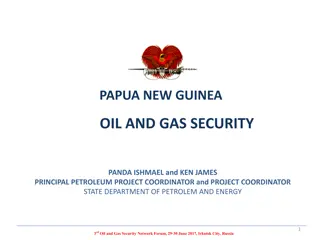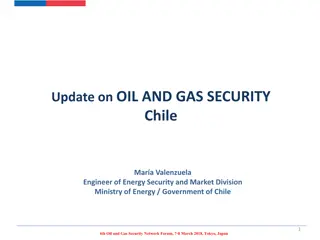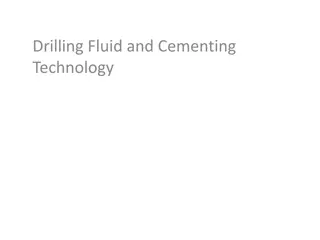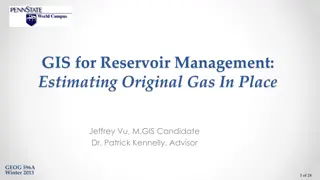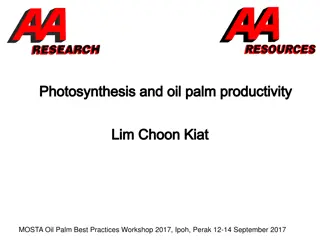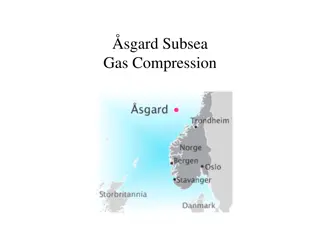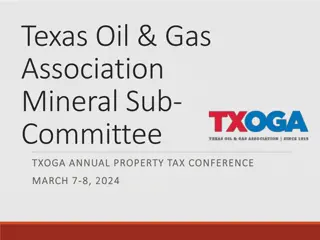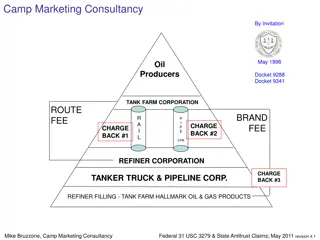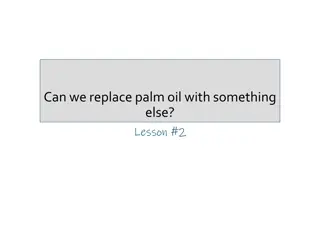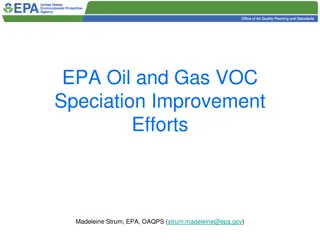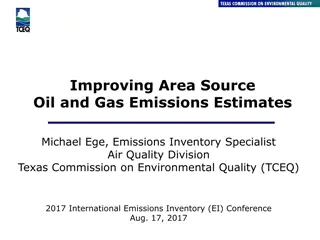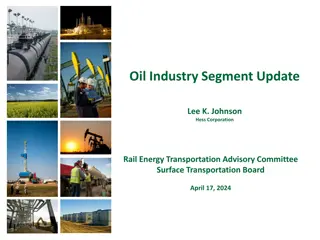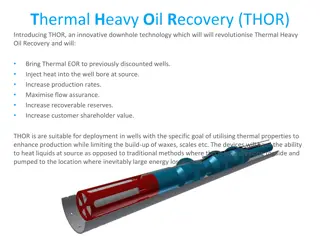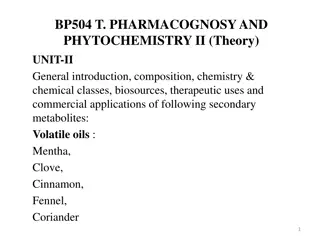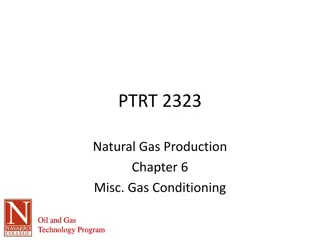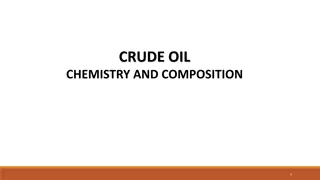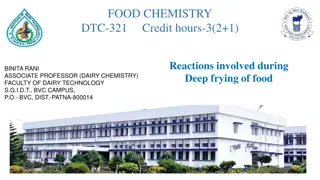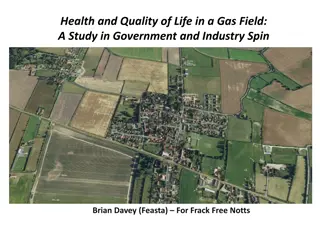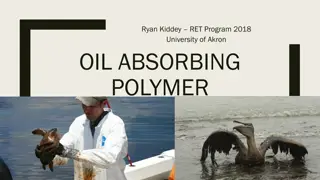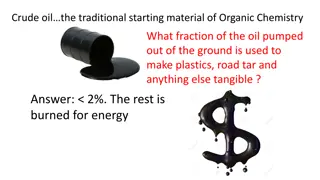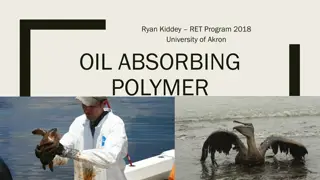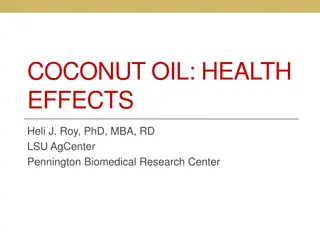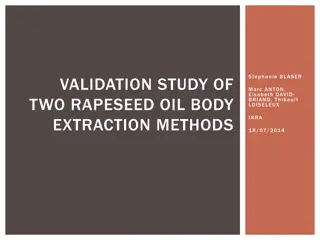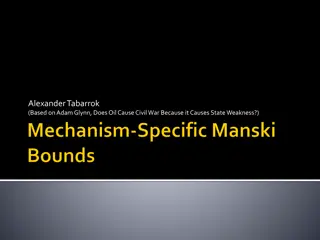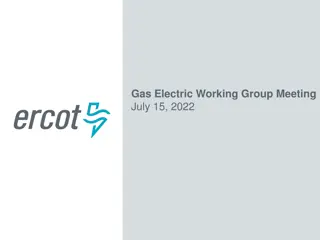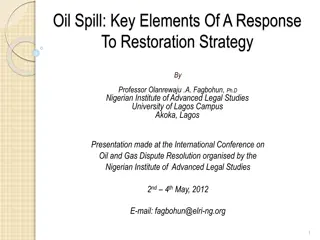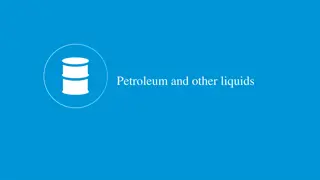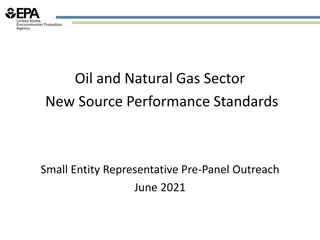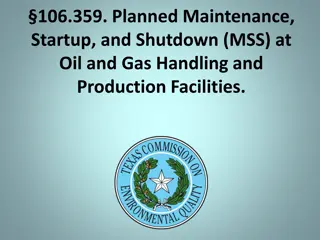Understanding and Evaluating Well Performance in Oil and Gas Production
Evaluating well performance is crucial for optimizing oil and gas production. This chapter delves into assessing key production values such as BHP, flow rate, GOR, and water cut to understand the current state and anticipate changes. By asking key questions and using productivity index models, operators can make informed decisions to drive equipment choices and maximize production efficiency.
- Well Performance
- Oil and Gas Production
- Production Evaluation
- Productivity Index
- Equipment Decisions
Download Presentation

Please find below an Image/Link to download the presentation.
The content on the website is provided AS IS for your information and personal use only. It may not be sold, licensed, or shared on other websites without obtaining consent from the author. Download presentation by click this link. If you encounter any issues during the download, it is possible that the publisher has removed the file from their server.
E N D
Presentation Transcript
Chapter IV Evaluating Well Performance
Evaluate performance production values - bhp - flow rate - GOR - water cut Goal: Understand "Normal"
Two questions: 1.) What is the producing now? 2.) What happens when conditions change? (during production) Drive equipment decisions
Oil well Oil Prod - 750 BOPD Water Prod - 150 BWPD Gas Rate - 450 Mcf/d SCF STB Tubing Pressure = 900 psig Flowing FTP
Gas Well Gas Rate = 16.55 MMscfd Condensate = 695 BCPD Water = 5 BWPD FTP = 2500 psig bcp mcf = 42
Productivity Index Model Number 1st developed for water wells. What will the well produce if pressure changes?
Determine PI with well test. 1.) shut in the well $ $ 2.) Record the water level 3.) Produce The well 4) Record the drawdown.
5000 gpd @ 100ft drawdown 10000 gpd @ 200ft drawdown PI =5000 gpd 100 ft = 50 gpd/ft
flowrate q = PI (Drawdown) q = 50 (300) = 15,000 gpd q=50 (273) = 13650 gpd
Drawdown in feet related to pressure Pe Shut in = bhp Flowing = tubing pressure Pw Freshwater = 0.433 psi/ft pressure gradient
flow PI = q / (Pe-Pw) Shut-in Flowing 300 ft tubing gauge 129.9 psi 0.465 psi/ft saltwater pressure gradient
q = PI (pe-pw) flowrate number BHP FTP qmax = PI pe
q = 300 BPD Pe = 1800 psi Pw = 1500 psi a) PI =? units b) q =? when pw = 1000 psi
q = PI (pe-pw) Flow pressure difference 300 = PI (1800-1500) 300 = PI (300) PI = 1 BPD/psi
q = PI (pe-pw) q = 1 (1800-1000) q = 800 BPD qmax = 1 (1800-0) = 1800 BPD
Selecting the correct method When can we use the PI method ?
Dissolved Gas Drive - above bubble point PI - below Vogel's method Water Drive - below rate causes Influx PI - above rate causing influx Vogel
Gas Cap Drive - Prior to breakthrough PI - After breakthrough neither


